Fifty years ago this October the first FJ Holden drove off Holden’s Fishermans Bend assembly line and on down the road to become Australia’s most loved car. It was easy to love the FJ with its broad toothy grin of a grille, flashy two-tone paint, bright chrome work and perky little tail fins. The FJ was little changed from the first Holden of 1948, but the upbeat styling gave it a personality that was bright and bubbly compared to its more serious predecessor.
The FJ was the vehicle of choice for most Australian families in the mid-1950s, many of whom were taking to the road for the very first time as motoring became affordable for the ordinary man in the street.
A decade later a hot FJ was as good as it got for a generation of baby boomers who were leaving the nest with their foot firmly planted on the throttle.
The FJ is now regarded with great fondness as the car that powered Australia out of the gloomy war years.
MODEL WATCH
If there wasn’t much choice for buyers of the first Holden there was plenty to satisfy buyers of the FJ. The sedan and ute were carried over from the 48 series, but the big news with the FJ was the ‘Special’, and a few months after the launch Holden added a panel van to the range for the first time.
Mechanically the Special wasn’t any different to the Standard FJ. It had the same package of six cylinder engine and three-speed column-shift manual gearbox, but there were plenty of comfort and convenience features to get excited about.
Deluxe leather replaced vinyl on the bench seats, there were arm rests on the front doors, the interior light came on when you opened the doors, there was a cigarette lighter, chrome surrounds around the gauges, the dash grille extended across to the glove box, the rear passengers had straps to hang on to as the FJ leaned over rounding corners, and knobs on the window winders and windscreen wiper switch were black with a nifty chrome insert.
A Special could be recognised from the outside by its chrome window trims, chrome belt line trim, the small fins mounted on the rear guards, and the Holden Special script badge on the boot lid. A snappy two-tone paint scheme was available for the first time.
By today’s standards the FJ’s performance was pedestrian, but for the time it was quite zippy. The 2.15-litre overhead valve six-cylinder ‘grey’ motor only produced a modest 45 kW, but it was relatively torquey and when combined with its low gearing meant the 1016 kg four-door was quick off the mark.
Times meant little back then so a standing quarter-mile time the wrong side of 21 seconds, and a top speed of 135 km/h, were of little consequence to a driving population who appreciated more the FJ’s low down pulling power and high ground clearance that allowed it to go places some of today’s soft four-wheels drives would struggle to reach.
Back in 1953 Holden’s first auto trans was still seven years away, the first four-speed manual even further off in the future. The only gearbox available in the FJ was a three-speed manual that had synchromesh on second and top gears only and was shifted by a lever mounted on the steering column. It was anything but sporty and shifting gears couldn’t be rushed.
The FJ’s suspension was simple but effective, independent control arms with coil springs at the front and a live axle with leaf springs at the rear. The first Holden had lever action shocks, but these were replaced by telescopic shocks shortly before the FJ was launched and carried over to the new model.
Brakes were hydraulic, but had no assistance, which made them fell wooden and lacking in effectiveness although they were adequate for the day.
Likewise steering was vague and lacked the feel that is commonplace today, but the traffic conditions of the day were less demanding of vehicle dynamics so the FJ was at home.
ON THE LOT
It is thought that fewer than 1000 of the 169,000 FJs produced between October 1953 and July 1956 have survived, but rarity has done little to lift the value of those left.
Fully restored FJs like Allen Bridges’ beauty would be worth up to $15,000 on the collector car market, but most are worth much less than that. A sound driving roadworthy car could be bought for between $5000 and $10,000. Cars needing attention are readily available for less than $5000.
Specials are more desirable than the plain Standard models. Utes are always in demand and Panel Vans are quite rare.
IN THE SHOP
Any car that is 50 years old can be expected to be worn out, with rust eating away at its tinwork, and the FJ is no different.
Engines, gearboxes, diffs, suspension, steering and brakes are all likely to be in need of attention to bring them up to good working condition, but the good news is that parts are readily available and expertise is at hand to do anything and everything you might need done.
An FJ would be a beaut project for a young learner mechanic. They’re simple and straightforward to work on for anyone with a little mechanical aptitude and the result can be rewarding.
Rust is the FJ’s perennial enemy. Expect rust in the front subframe, the bottoms of the front guards, the doors, and the floor pan, so check carefully and buy the car with the least rust.
Body panels and repair sections are available from places like Rare Spares, but body repairs can be expensive if you have to call on experts.
HOP IT UP
Hopping up an FJ Holden was all the rage in the ’60s when young guys would bolt on a pair of Stromberg carbs, maybe throw in a hot cam, some headwork, and bolt on a set of extractors and have one of the hottest set of wheels on the road.
Today there’s much more scope to improve on the General’s original work and make the FJ a decent daily driver today.
It’s easy to drop in a later Holden six, maybe with a set of SU or Stromberg CD carbs, a Yella Terra head, hot cam with some roller followers, add a set of extractors and you’ve got some extra get up and go.
For more modern grunt go for a fuel-injected Holden V6. A number of specialists offer kits to fit the V6 into older Holdens like the FJ, and they can advise on the whole job. Before you tackle a job like that check with Vicroads (RTA) to make sure you cover all the legal bases before you break out the spanners.
It’s one thing to inject your old Holden with more power, it’s another thing to expect the old FJ’s brakes and suspension to keep up. Fitting disc brakes to the front is a relatively simple job and highly recommended, as are modern shock absorbers, and tyres, and even rack and pinion steering.
Also consider updating safety items like windscreen wipers, turn signals and safety belts if you’re planning to drive your FJ every day.
OWNER’S VIEW
Allen Bridges bought his ’55 FJ Special from a family friend in 1991, some 12 years after its original owner had passed on.
It had 153,000 km on the odometer and was well past its prime, but Bridges carried out a thorough restoration in which the body was stripped back to bare metal, then repaired and repainted. He also refurbished the complete mechanical package and had the interior retrimmed.
Such was the quality of the restoration that it has been a regular trophy winner at FJ shows since it was put back on the road.
According to Bridges the FJ is a joy to drive. It keeps up with traffic quite well, and will still do around 135 km/h on the highway, but you have to be aware of its shortcomings, particularly its braking and handling.
LOOK FOR
• beaut happy face
• friendly greetings from passers-by
• body rust
• worn out mechanicals
• plenty of parts for restoration
• cheap and cheerful classic






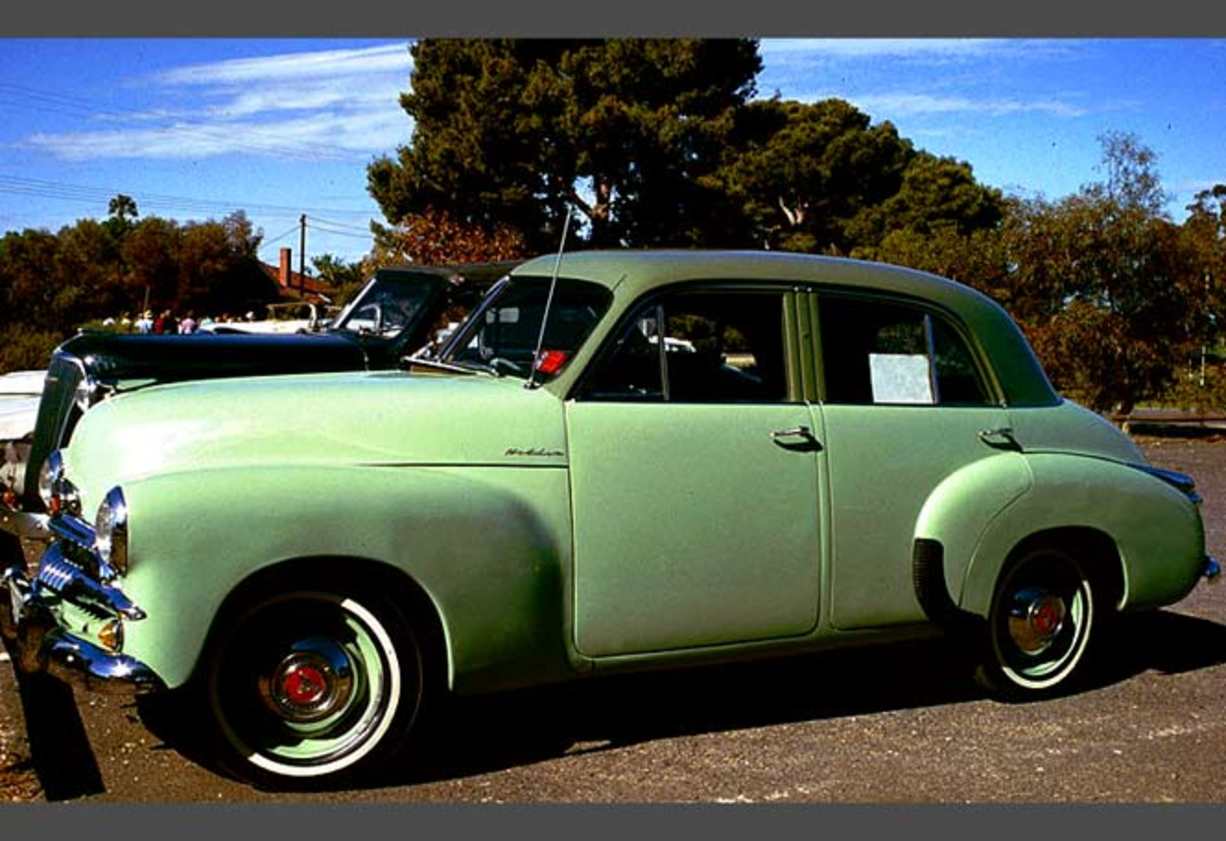
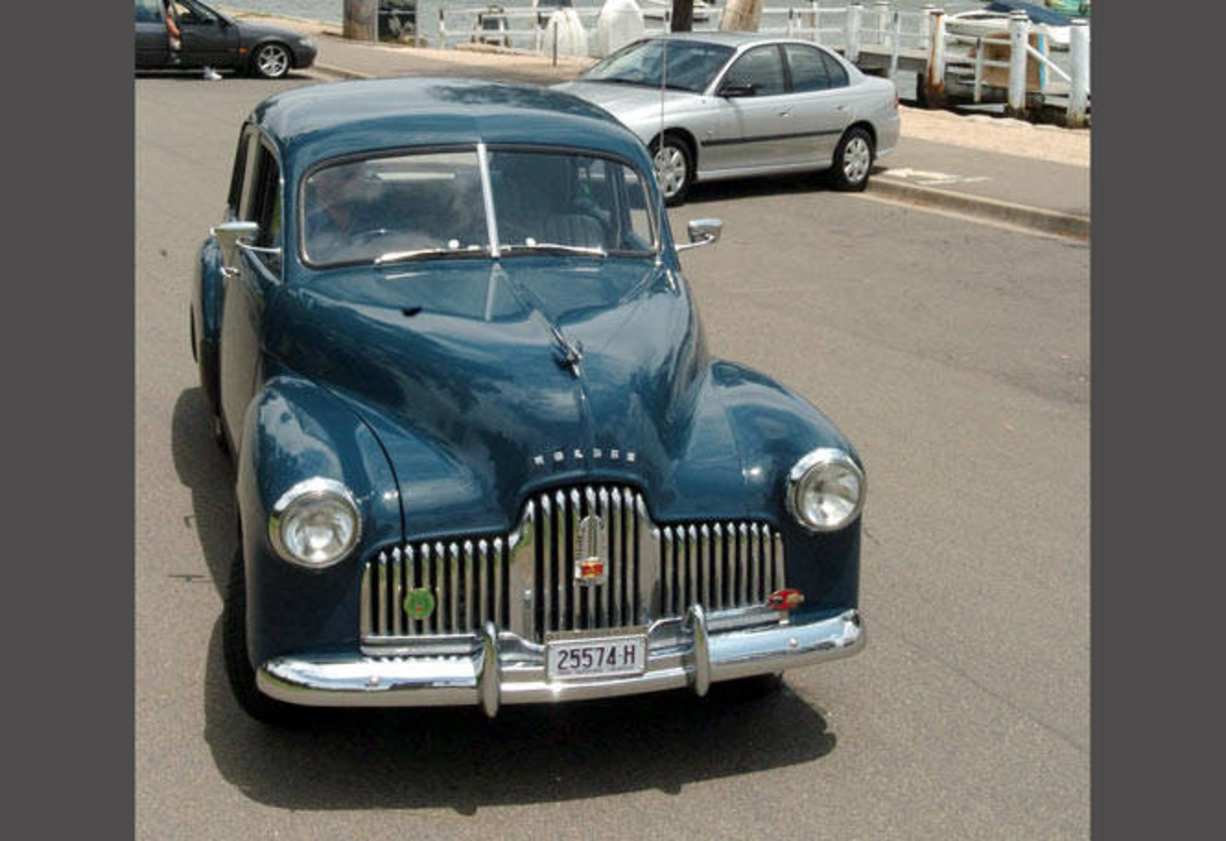
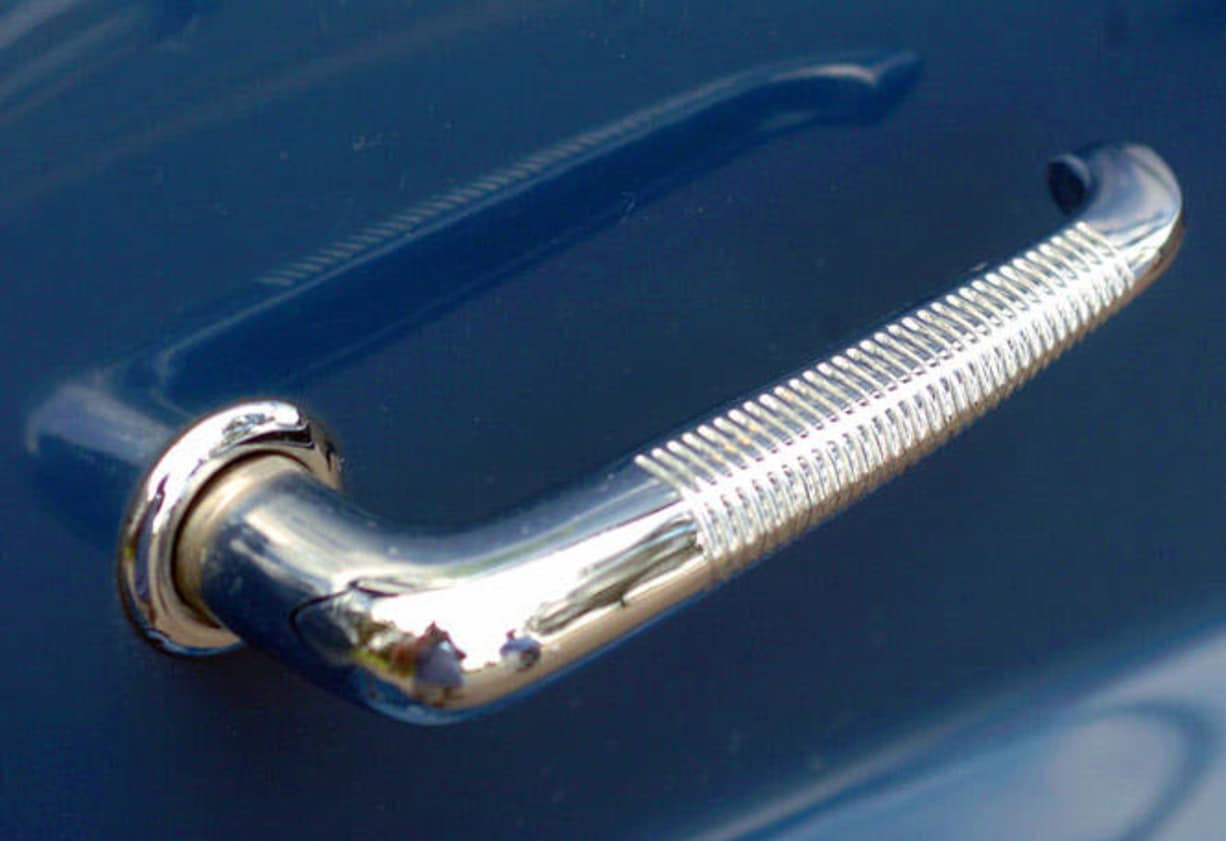
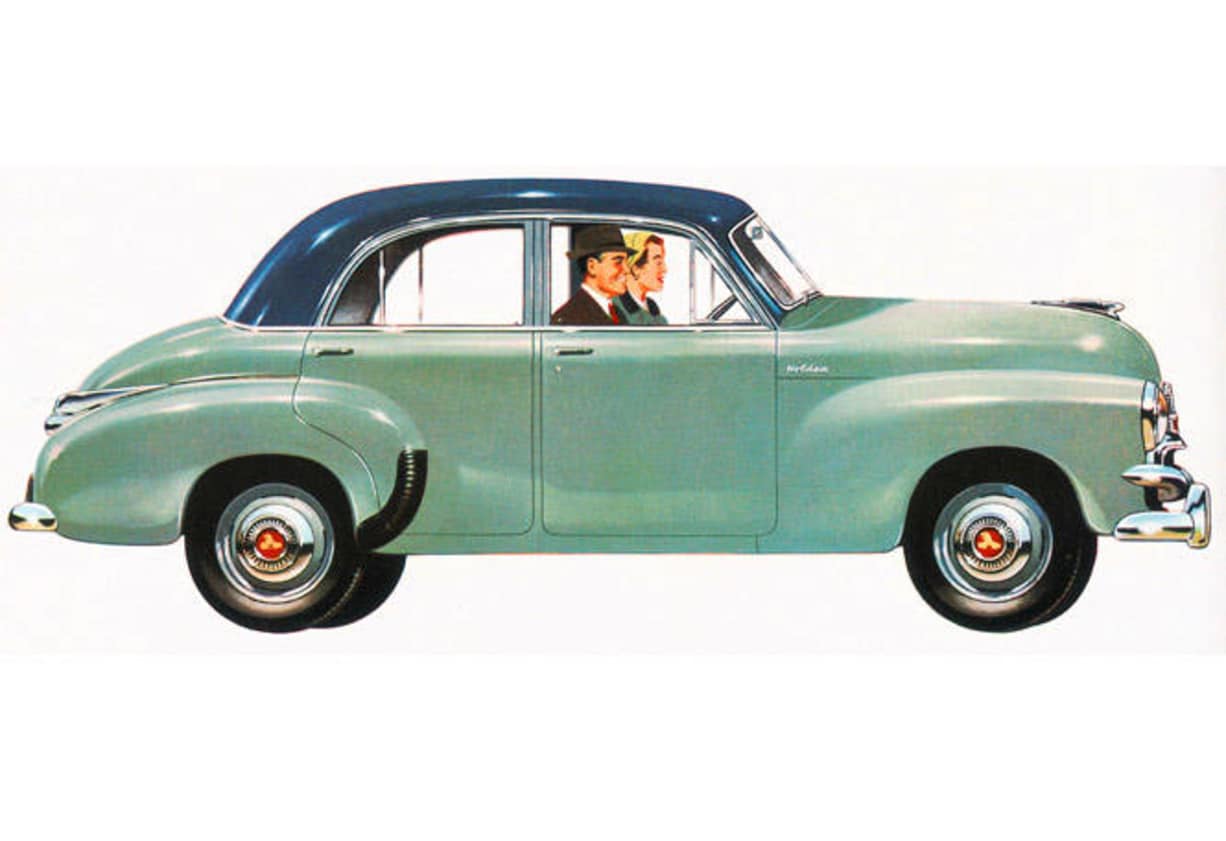
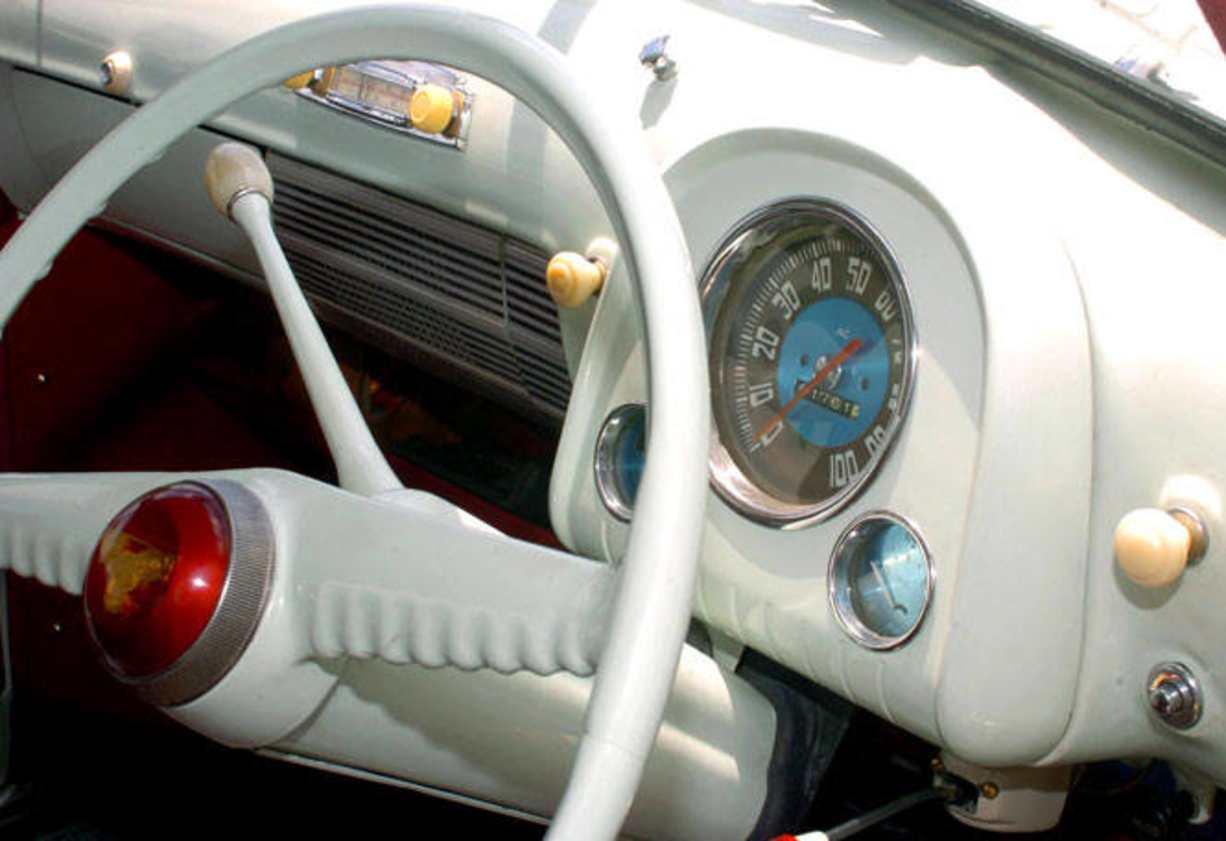
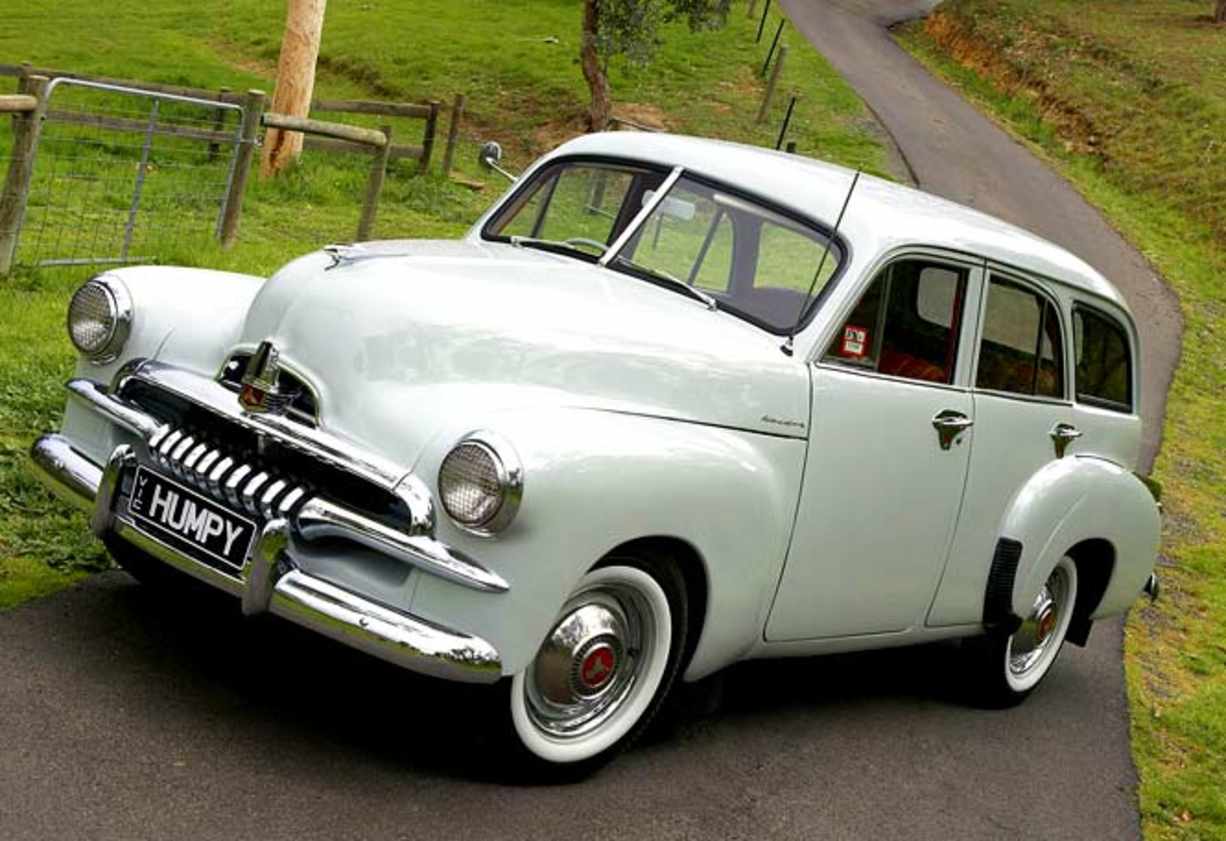
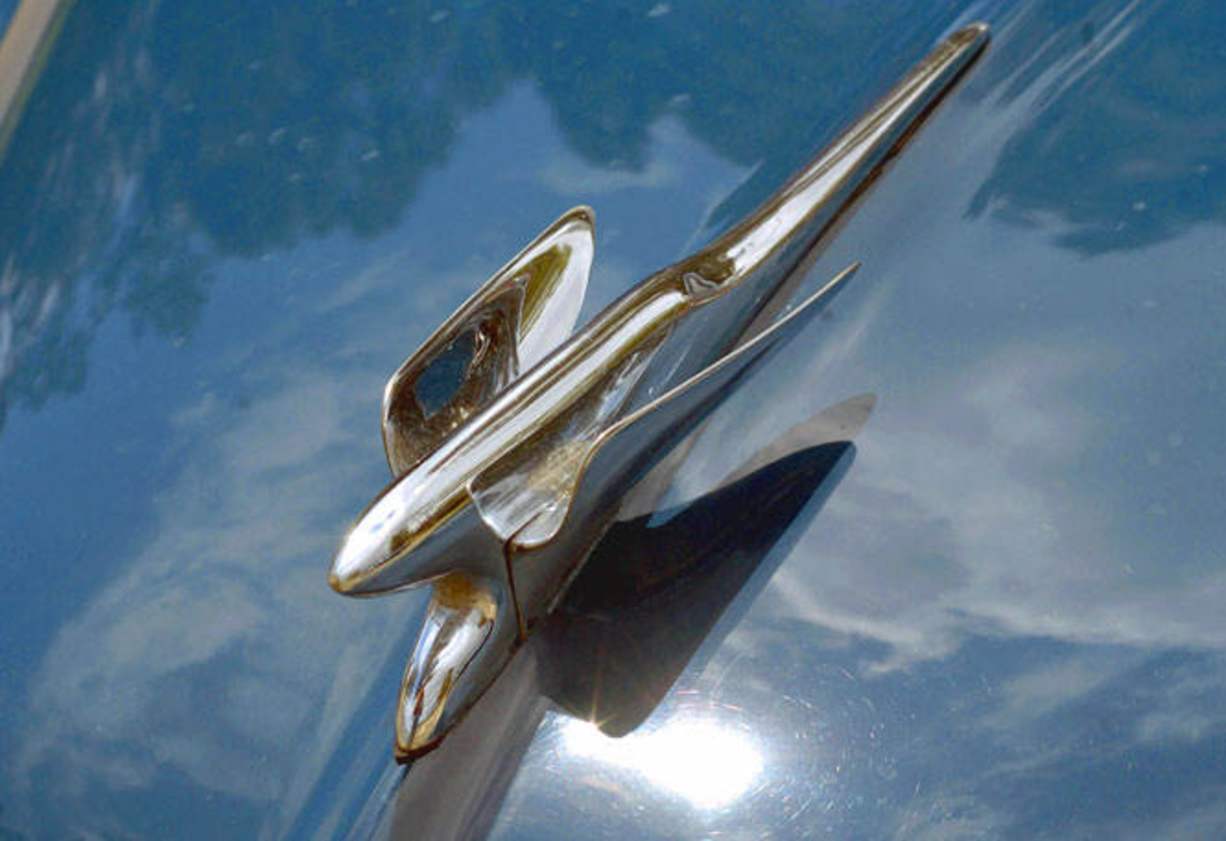
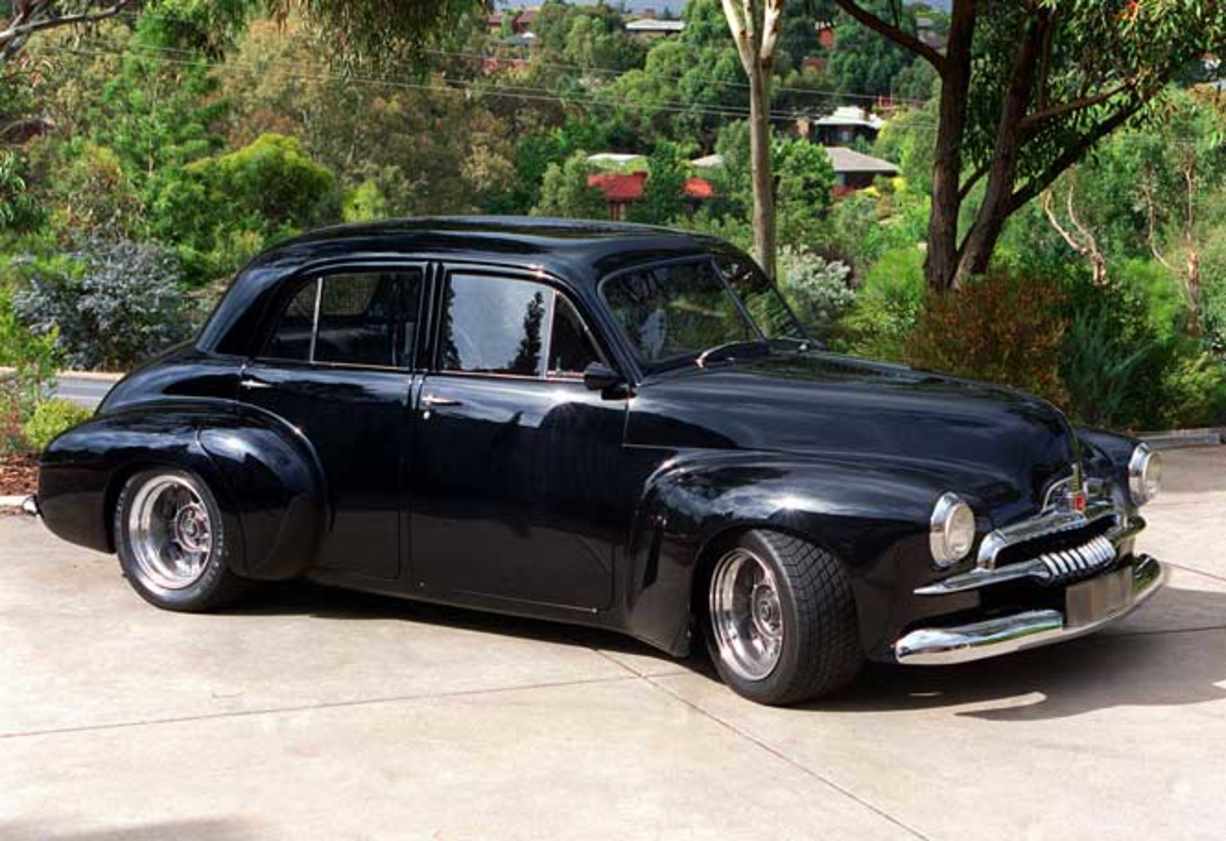
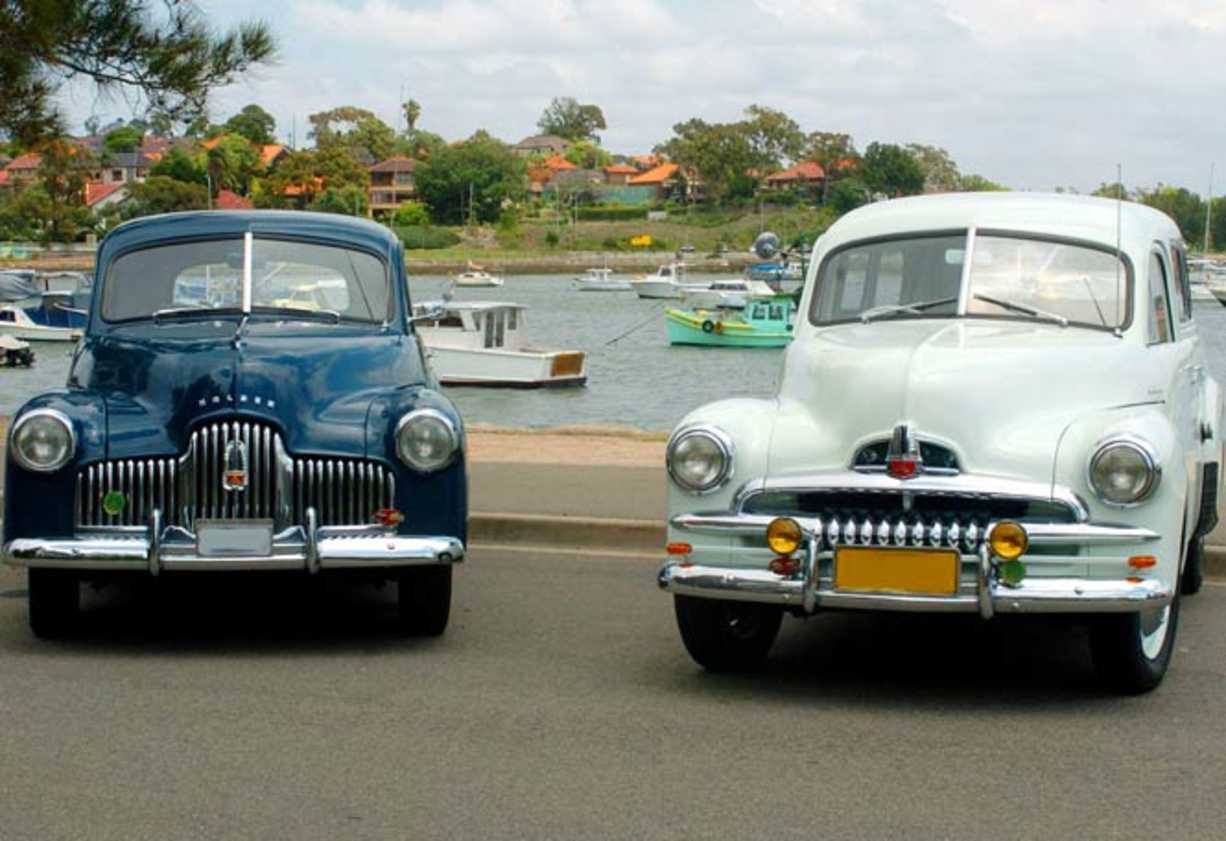
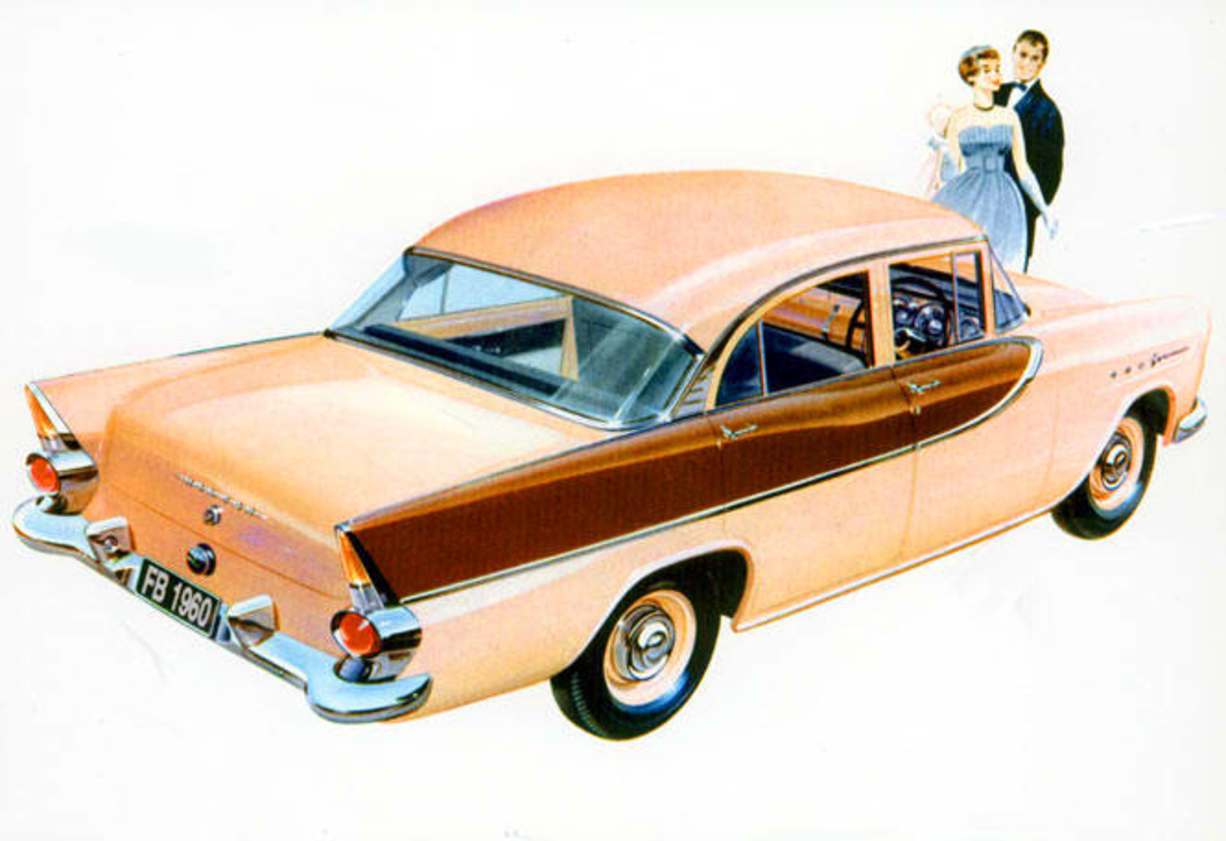
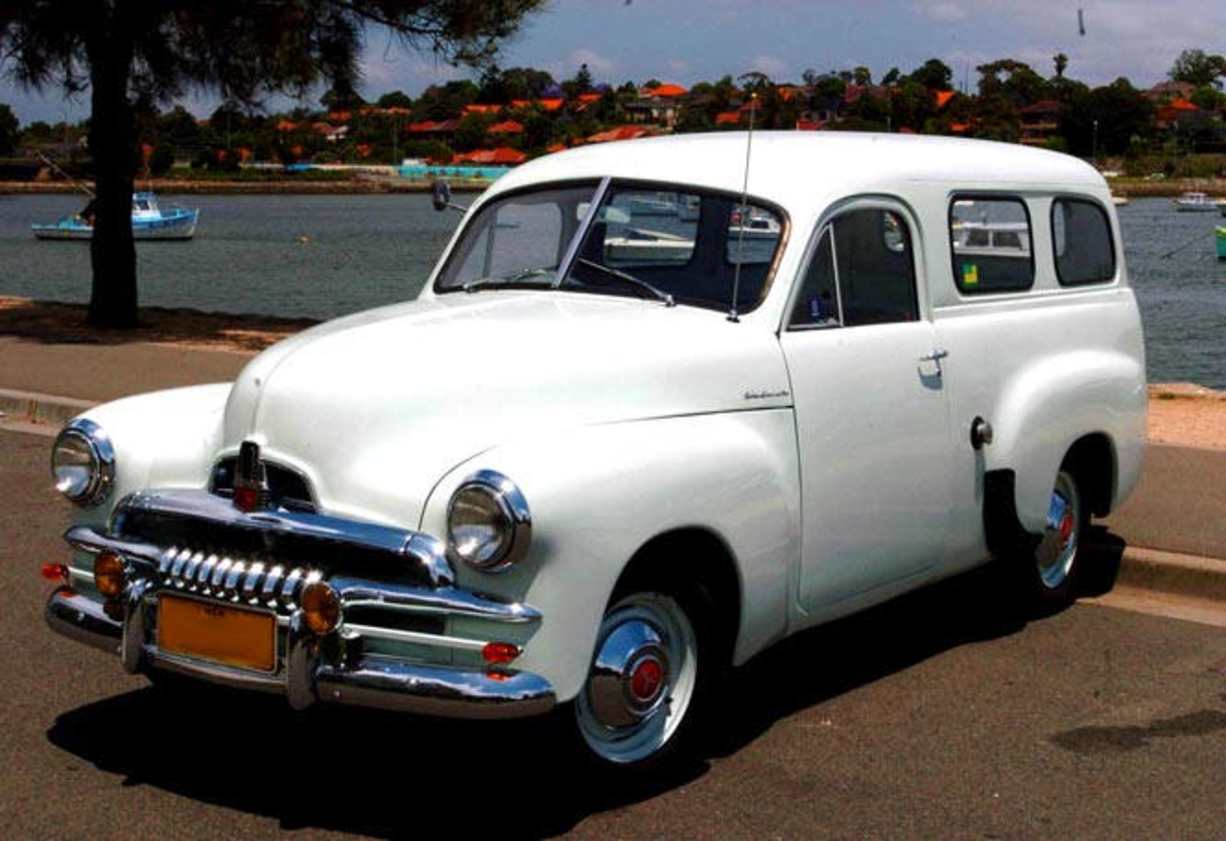
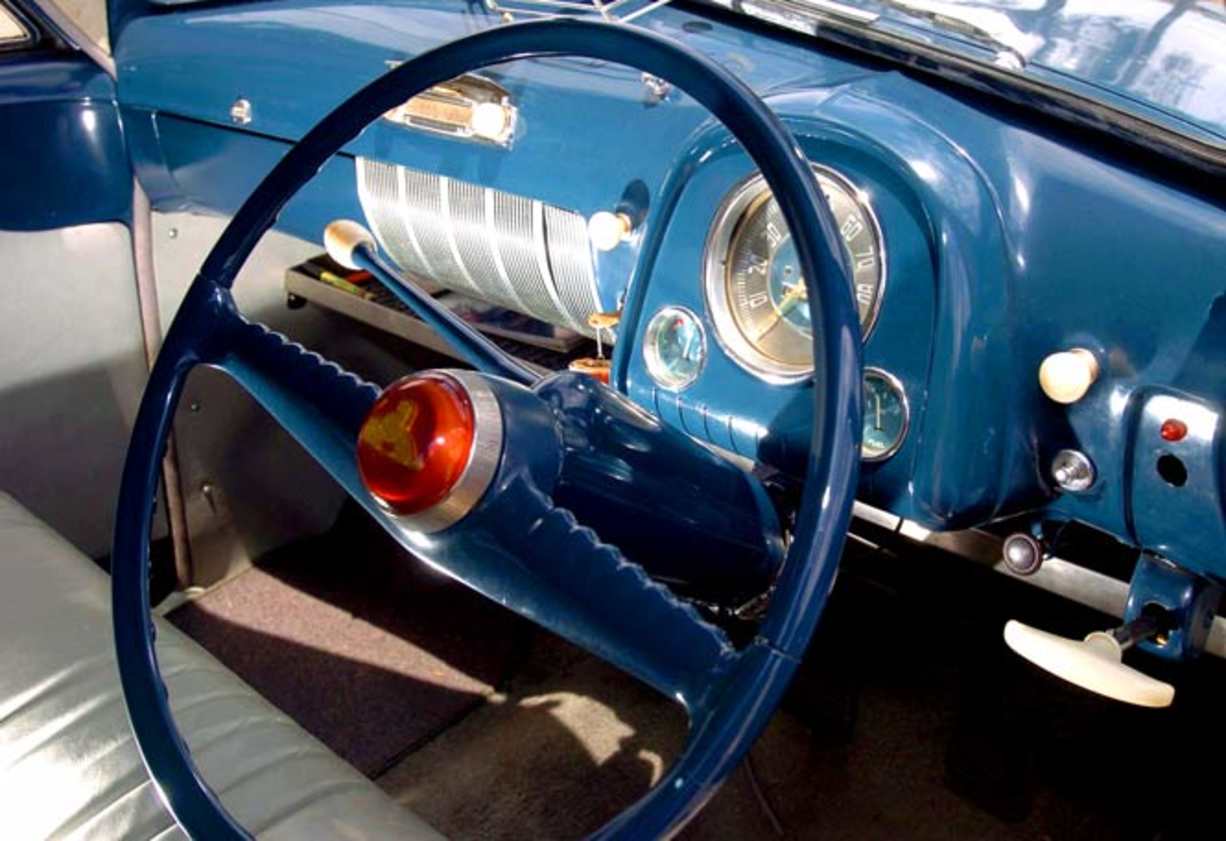













.jpg)

.jpg)
.jpg)

.jpg)
